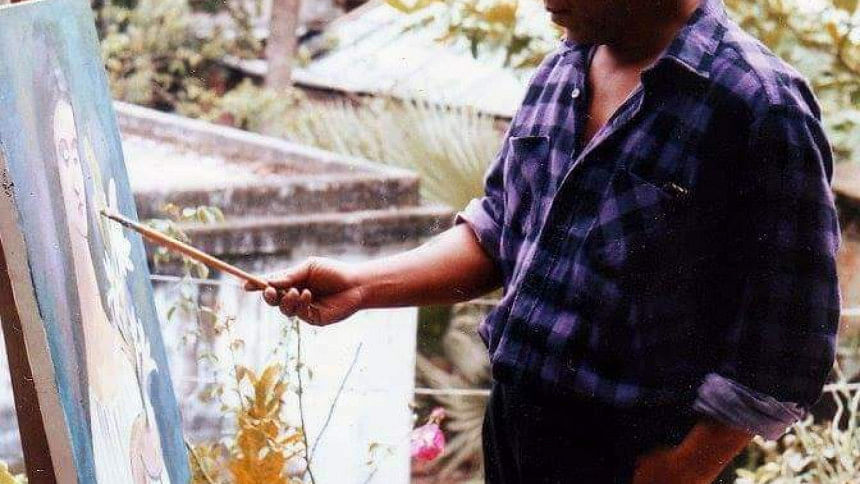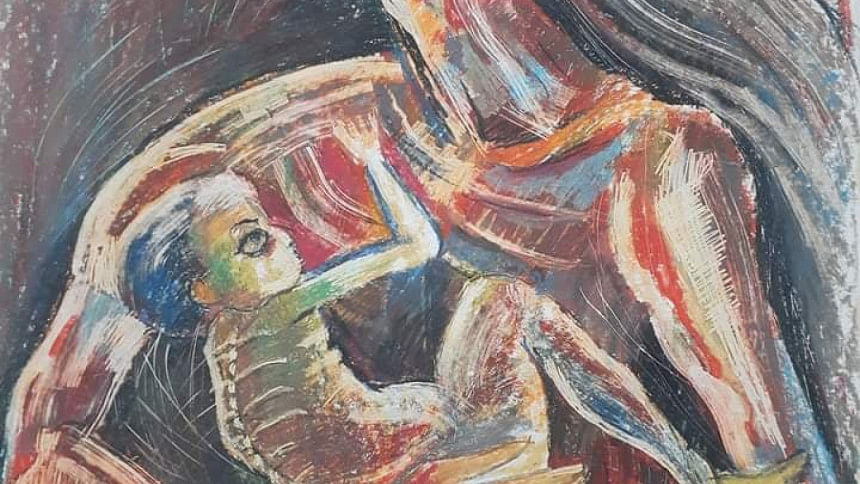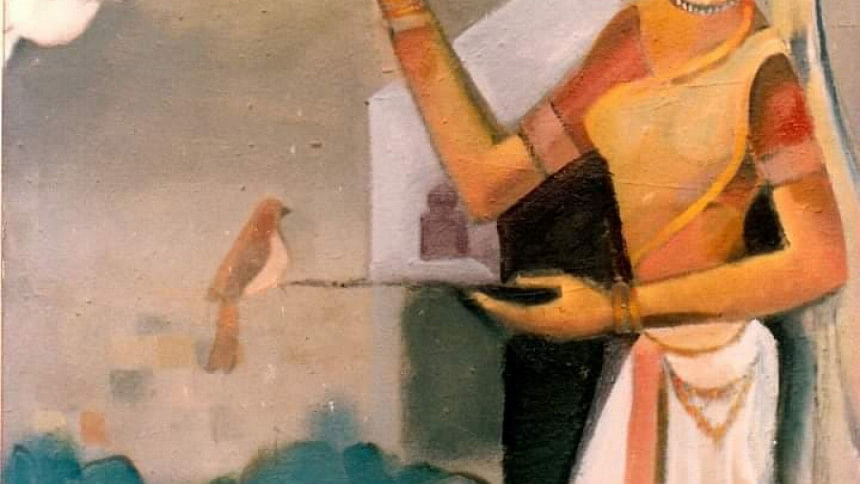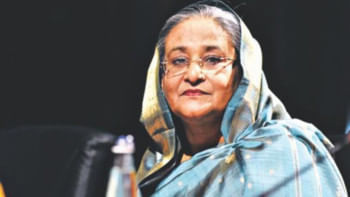Reliving maestro Mohammad Shafiqul Islam’s expressions

When it comes to expression and exposition, Professor Mohammad Shafiqul Islam needs no introduction. His works, recreating the magical mystery we see in exquisite artworks like that of Da Vinci's Monalisa, still remains as a historic rebirth of life-like expression in the history of Asian art.
Shafiqul Islam was born on March 6, 1944 to in Chattogram to Police in-charge of the then west Bengal Alhaj Imdadur Rahman and Nurjahan Begum. The mystic portrait genius started his academics in fine arts with his Bachelors of Fine Arts (BFA) pre-degree from college of Arts and Crafts, University of Dhaka (DU) in 1967. He later went on to pursue his BFA from the same institute. Hailing from the streets of Satipara in Shatkania Chattogram, the artist chose to go back home for his masters from Department of Fine Arts, University of Chattogram (CU).

Setting his roots firmly into his hometown, Mohammad Shafiqul Islam went on to work as a lecturer following his graduation at CU, and went on to take one step at the time with first becoming the Provost of AF Rahman Hall from 1994-1997, CU. He was the Chairperson there for the next 3 years.
The artist began showing promise with his very first piece which he exhibited at the All Annual Exhibition of College (Arts & Crafts), Dhaka. He later went on to showcase extraordinary pieces in his solo Dedicated to Masters in 1972. This was the first solo exhibition in Bangladesh after the 1971 Liberation War which was held in the main office of Chattogram Awami Leage. General Osmani attended this exhibition as the chef guest and M A Aziz was also present at this exhibition. His much awaited second solo Impression managed to allure art lovers again in 1990. His other solo exhibitions include Expression (1992) and The Eve of Silver Jubilee of Bangladesh (1997).
In his artistic career, the maestro has participated in numerous other national and international exhibitions, including Abahaman Bangla O Bangali (1972) in Kolkata, India, National Exhibition (1986) at Bangladesh Shilpakala Academy alongside multiple group exhibitions in Pakistan, among many others. Alongside being a phenomenal artist, he has also earned praise for his book, Praccya Ritir Shilpa (1989) which is based on oriental art. The artist, in collaboration with Syed Abdullah Khalid also designed the Shaheed Minar located in CU.

Mohammad Shafiqul Islam breathed his last in 2018, after having suffered from breathing problems for a long period of time. "I had once some across one of his journals where I found a phrase in his handwriting. It said: Art not for a living but living for art. This simple statement projects his philosophy," shared his son Faizus Salehin Masum, noted musician and Head of Liability Department at Reliance Finance Ltd GEC branch. "He never tried to commercialise his creations, and that's what made him unique as a artist in my eyes."

 For all latest news, follow The Daily Star's Google News channel.
For all latest news, follow The Daily Star's Google News channel. 



Comments